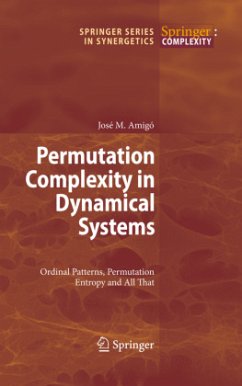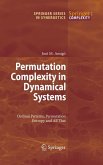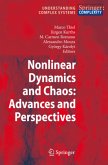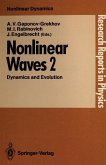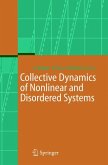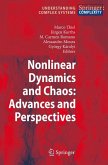The study of permutation complexity can be envisioned as a new kind of symbolic dynamics whose basic blocks are ordinal patterns, that is, permutations defined by the order relations among points in the orbits of dynamical systems.
Since its inception in 2002 the concept of permutation entropy has sparked a new branch of research in particular regarding the time series analysis of dynamical systems that capitalizes on the order structure of the state space. Indeed, on one hand ordinal patterns and periodic points are closely related, yet ordinal patterns are amenable to numerical methods, while periodicity is not.
Another interesting feature is that since it can be shown that random (unconstrained) dynamics has no forbidden patterns with probability one, their existence can be used as a fingerprint to identify any deterministic origin of orbit generation.
This book is primarily addressed to researchers working in the field of nonlinear dynamics and complex systems, yet will also be suitable for graduate students interested in these subjects. The presentation is a compromise between mathematical rigor and pedagogical approach. Accordingly, some of the more mathematical background needed for more in depth understanding has been shifted into the appendices.
Since its inception in 2002 the concept of permutation entropy has sparked a new branch of research in particular regarding the time series analysis of dynamical systems that capitalizes on the order structure of the state space. Indeed, on one hand ordinal patterns and periodic points are closely related, yet ordinal patterns are amenable to numerical methods, while periodicity is not.
Another interesting feature is that since it can be shown that random (unconstrained) dynamics has no forbidden patterns with probability one, their existence can be used as a fingerprint to identify any deterministic origin of orbit generation.
This book is primarily addressed to researchers working in the field of nonlinear dynamics and complex systems, yet will also be suitable for graduate students interested in these subjects. The presentation is a compromise between mathematical rigor and pedagogical approach. Accordingly, some of the more mathematical background needed for more in depth understanding has been shifted into the appendices.

